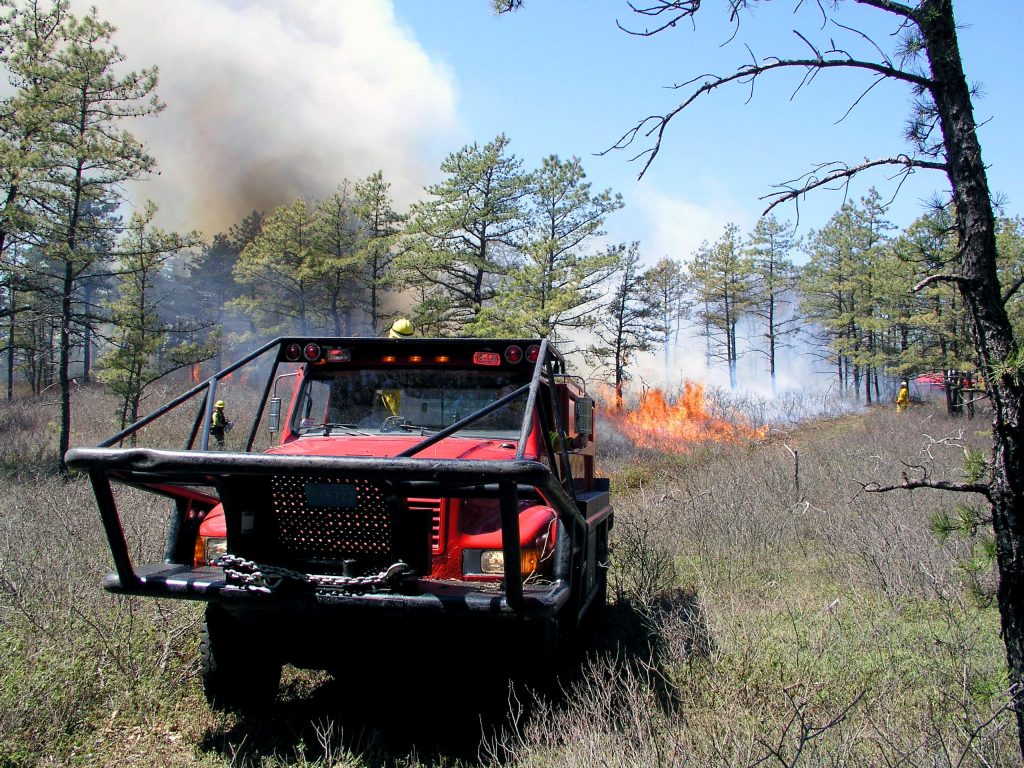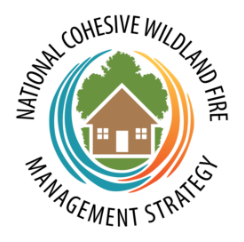The Role of the Fire Service in Community Planning
The fire service has a proud history of fire prevention efforts to educate citizens on the threat of fires originating inside the home, mostly in the urban setting. EDITH (Exit Drills in the Home), Stop Drop and Roll, Sparky and Put a Finger on It are instantly recognizable themes for fire prevention programs. Similarly, forestry agencies have a history dating to the 1920s (?) of educating citizens on the need to prevent forest and wildland fires. It is rare to find someone who can’t immediately recall the tag line “only YOU can prevent forest fires” when shown a picture of Smokey Bear.
With the growth of wildland-urban interface (WUI) fires, the local fire department is uniquely positioned as a trusted voice in the community to advocate for and lead community planning efforts. In addition to emergency response, many fire departments have the authority and responsibility to cooperate with all stakeholders to mitigate the risk of WUI fires. Looked to as role models, fire departments can initiate and lead mitigation efforts that benefit not only the firefighters themselves, but the community, its infrastructure and resources.
Role of fire departments in CWPPs
Recognized for their leading role in many community events and programs besides emergency response, local fire departments can serve as an organizing force in developing a Community Wildfire Protection Plan (CWPP). Fire departments can serve as the lead in developing a CWPP or they can support a community effort. Fire departments will have special expertise when developing a community risk assessment, establishing hazard reduction priorities and educating the public on recommendations to reduce structural ignitability.

Benefits of Community Wildfire Planning to Firefighter and Public Safety
Leading or participating in a community effort to reduce wildfire and WUI fire risk can benefit wildfire response by firefighters in many ways. Conducting hazard reduction activities based on a community risk assessment not only reduces risk to the citizens, but it also improves firefighter safety. A community risk assessment can inform the development of a WUI tactical map or pre-fire plans that maximize the efficiency and safety of wildfire response.
Programs and Tools
- NE CS Overview for FDs This PDF slide deck provides an overview of the Cohesive Strategy for fire departments in the 20 Northeast-Midwest States.
- Ready, Set, Go!® program The RSG! Program tenets help residents be Ready with preparedness understanding, be Set with situational awareness when fire threatens, and to Go, acting early when a fire starts.
- Wildfire Home Assessment Program & Checklist The Wildland Fire Assessment Program (WFAP) is a joint effort by the U.S. Forest Service and the National Volunteer Fire Council (NVFC) to provide volunteer firefighters and non-operational personnel, such as Fire Corps members, with training on how to properly conduct assessments for homes located in the wildland-urban interface (WUI).
WUI Chief’s Guide – This guide was developed by the IAFC’s Wildland Fire Policy Committee to help provide a better understanding of the wildland-urban interface and the necessary information to help prepare, mitigate, respond, and recover from these events. The guide helps individuals understand how a fire chief or other official can help a community effectively manage the emerging risk of fires in the wildland-urban interface. Each section contains information and advice, case studies, and where possible, links to applicable resources.
Fire Adapted Communities for the Fire Service – This free, online training course is designed for members of fire and emergency response organizations operating in an area with wildland urban interface (WUI). It will introduce them to the key components of working with their community to adapt to the wildland fire threat. The course takes up to two hours to complete and includes interactive features such as knowledge checks and learning activities. This course was developed by the IAFC, as part of its cooperative agreement with the U.S. Forest Service. Log into or create your free IAFC Academy/Helix account to register HERE. If you are a registered member of the RSG! Program you already have a Helix account.
- Resource Guide from Cohesive Strategy – May 7, 2021 Webinar – This handout was created by the Fire Adapted Communities Learning Network in support of the Northeast Region of the Cohesive Strategy. The purpose of this handout is toact as an accompanying resource to the “Wildland Fire and the Fire Service” Webinar hosted in May 2021. It is
not designed to be reflective of all wildland fire programs and opportunities available to you nor will all resources or links be applicable to you and your programs and communities. This is a collection of publicly available resources and programs to benefit the participants of the webinar. You can view the recording of the webinar here. - CWPP Leader’s Guide This is a guide from the International Association of Fire Chiefs (IAFC) is designed to help develop and implement a Community Wildfire Preparedness Plan in communities and across the country. It has a local community level approach to include code, development review, ordinances and local authority, and is used by leaders in the Fire Service, including SMEs and local, state, and federal officials. With the guidance of this guide, leaders in the Fire Service will be able take the steps to create a CWPP that addresses community risk of wildfire with respect to other resource values.
- FEMA/U.S. Fire Administration – Wildland Urban Interface (WUI) toolkit Resources to help your fire department prepare for, and respond to, WUI fires.
- NOAA/NWS Storm Prediction Center Wildfire Probability Interactive Map An interactive map system showing the probability of a wildfire of various sizes by date of the year. You can choose what size fire you’re interested in, 100, 300, 1,000, or 5,000 acres and allow the map to animate the entire year, or manually step through in three-day intervals. The data is based on wildfire occurrence between 1992 and 2015.

